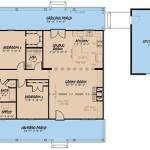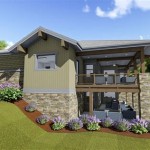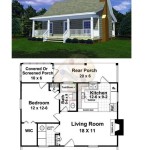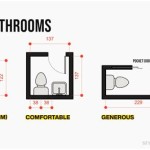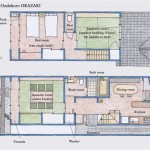Standard Scale for Floor Plans in Revit: Unlocking Accuracy and Precision
In the world of architecture and construction, accuracy and precision are of the utmost importance. Floor plans, as the blueprints that guide construction, demand proper scaling to ensure that the final building aligns with the architect's vision. Revit, a leading software platform for building design, offers a comprehensive set of standard scales for floor plans, enabling users to create precise and reliable drawings.
The standard scale for floor plans in Revit is determined by a combination of factors, including the size of the building, the purpose of the drawing, and the level of detail required. Understanding the significance of these factors helps architects and designers make informed decisions when selecting the appropriate scale.
For large-scale buildings, smaller scales such as 1/16" = 1' or 1/8" = 1' are typically employed. These scales provide a comprehensive overview of the entire building, allowing architects to effectively plan the layout and overall structure. Conversely, smaller-scale buildings necessitate larger scales such as 1/2" = 1' or 1" = 1' to capture intricate details and ensure precision in the design.
The purpose of the drawing also influences the choice of scale. Floor plans intended for general planning and conceptual design can utilize smaller scales, as they focus on the primary layout and spatial relationships. However, floor plans meant for construction purposes require larger scales to depict details like wall thickness, door and window dimensions, and precise measurements. Selecting the appropriate scale ensures that the construction team has the necessary information to execute the project accurately.
Finally, the level of detail desired in the floor plan affects the scale selection. Plans intended for schematic design may employ smaller scales, as they prioritize the overall concept and spatial relationships. Conversely, plans intended for detailed design or documentation require larger scales to incorporate intricate details and ensure that the final drawing accurately reflects the architect's intent.
Revit offers a wide range of predefined standard scales, including both imperial and metric units, to accommodate various project requirements. Users can access these scales through the Project Settings dialog box, ensuring consistency and accuracy across their drawings. Additionally, Revit allows for the creation of custom scales, providing flexibility to tailor the scale to specific project needs.
When selecting the standard scale for floor plans in Revit, architects and designers must carefully consider the size of the building, the purpose of the drawing, and the level of detail required. Understanding the significance of these factors empowers professionals to make well-informed decisions, resulting in precise and reliable floor plans that serve as the foundation for successful construction projects.

14 Beginner Tips To Create A Floor Plan In Revit Pure

13 Tips To Understand Line Weights In Revit Pure

2d Drawing And Floor Plan From Image Sketch In Revit Upwork

Using The Matchline Tool In Autodesk Revit For Large Plans Zentek

Architectural Graphic Standards Life Of An Architect
Revit Template Text Size Scale Forum

Communicate Design Intent As An Architect Customizing Elevation 8 36 Min Autodesk

Redraw The Floor Plan From Your And Cad Using Revit By Eng Imam247 Fiverr

Your Floor Plan Elevations Roof Or Sections In Revit Upwork

Create High Quality Architectural Floor Plans With Revit By Dully86 Fiverr
Related Posts


